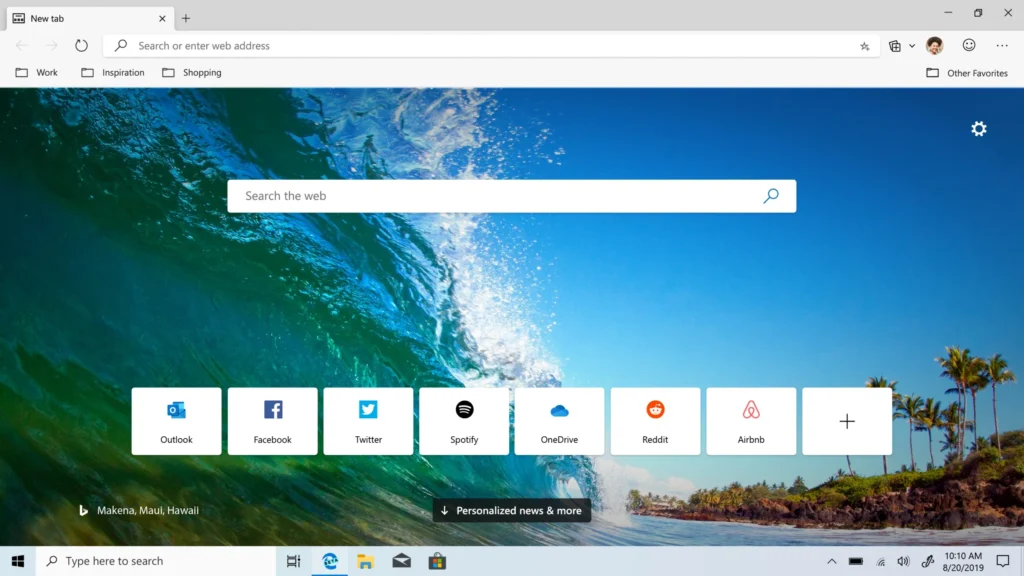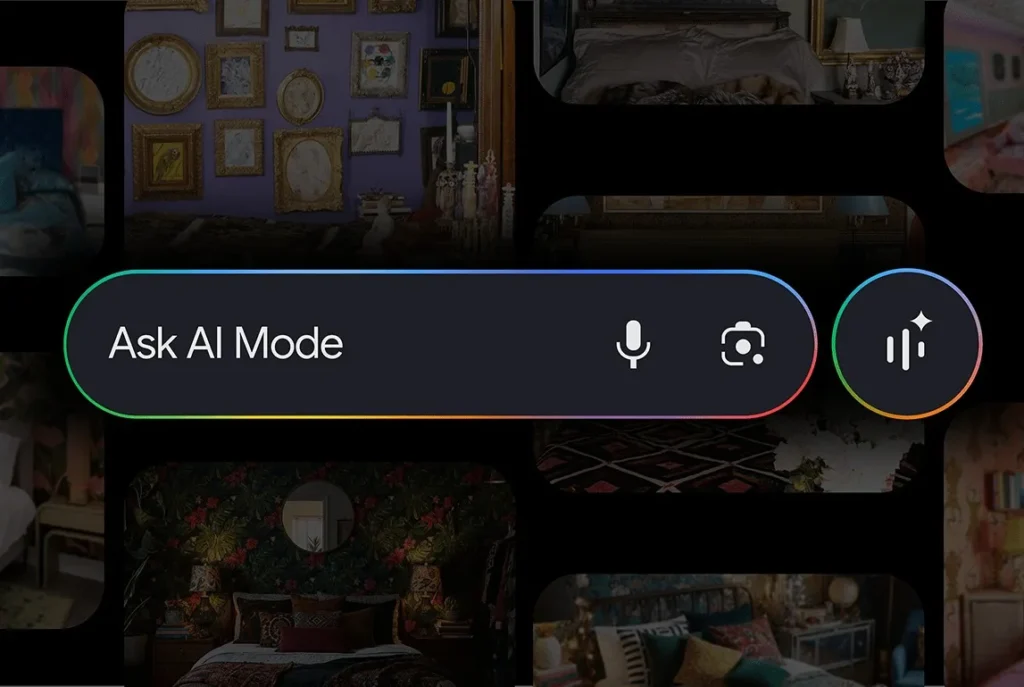Windows 10 : Edge updated until 2028 despite the end of support
The end of public support for Windows 10 is fast approaching: on October 14, 2025, Microsoft will cease standard security updates… unless you pay for extended maintenance through the Extended Security Updates (ESU) program or other options.
However, in a surprising turn, Microsoft Edge will continue to receive updates on Windows 10 until October 2028, even without ESU.
Edge and WebView2: Extended support at no extra cost
According to a support document spotted by WindowsLatest, Microsoft Edge and the Microsoft WebView2 Runtime component (used by applications like Microsoft Teams to display web content) will remain compatible and secure on Windows 10 22H2 for at least an additional three years.
This means that even after October 2025, Windows 10 users will have access to a modern and updated browser, essential for browsing securely or using applications that rely on WebView2.
Good to know: You will not need to purchase the ESU to benefit from these Edge/WebView2 updates.
What about other browsers? Chrome is likely to follow suit
Microsoft Edge is built on Chromium, the same engine used by Google Chrome, Vivaldi, Brave, and other browsers. If Microsoft maintains Chromium on Windows 10 until 2028, it is highly likely that Chrome and other Chromium-based browsers will do the same.
Historically, Chrome and Edge both ceased support for Windows 7 and 8 in early 2023. If this pattern holds, Chromium-based browsers could remain operable on Windows 10 until 2028.
And what about Firefox? Firefox, which uses its own Gecko engine, is not influenced by Microsoft’s or Google’s decisions. In fact, it still supports Windows 7, 8, and 8.1 via its Extended Support Release (ESR). If Mozilla continues with this approach, Firefox could potentially keep running on Windows 10 beyond 2028.
A somewhat arbitrary end-of-life schedule
The continuation of Edge and Office on Windows 10 several years after the official support end date suggests that the year 2025 might be more symbolic than anything else. Microsoft is encouraging users to transition to Windows 11, but between the paid options (ESU at $30/year), free activation via OneDrive or Windows Backup, and the maintenance of applications and browsers, there’s no urgent need to upgrade your machine, as long as you stay vigilant regarding security.
In short, Windows 10 will not become unusable in 2025.
However, in the medium term, it is advisable to prepare for a migration to Windows 11, Linux, or macOS to continue enjoying the latest innovations and full support.




